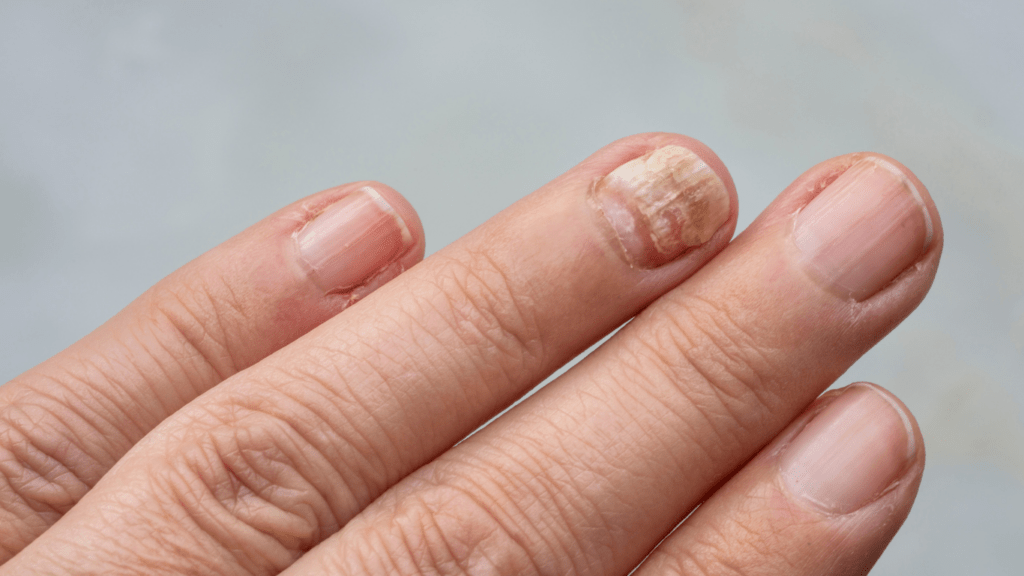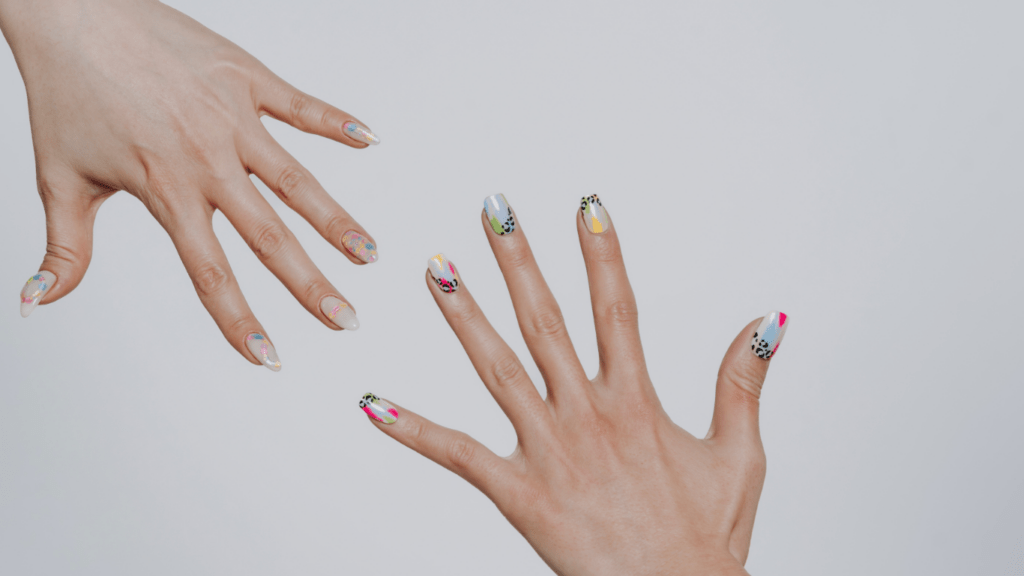Understanding Nail Breakage
Nail breakage occurs when nails lack strength or flexibility. Weak nails split, crack, or peel more easily under pressure. The primary causes of nail breakage involve various factors. Nutrient deficiencies, especially in biotin, iron, and zinc, impact nail health. Poor nail care practices, like:
- excessive filing
- harsh manicures
- frequent use of acetone-based polish removers
also weaken nails. Environmental factors contribute to nail breakage. Regular exposure to water softens nails, making them more prone to splitting. Temperature fluctuations, particularly cold weather, can dry out nails and cause brittleness. Additionally, using nails as tools to open cans, scratch surfaces, or perform other tasks increases the likelihood of breakage.
Underlying health conditions, such as thyroid disease, anemia, and psoriasis, affect nail strength and integrity. Lastly, aging naturally leads to drier, thinner nails, which break more easily. Understanding these causes helps in adopting effective nail care strategies to mitigate breakage.
Maintaining Proper Nail Hygiene
Proper nail hygiene plays a crucial role in preventing breakage and keeping nails strong and healthy.
Regular Cleaning
Regular cleaning removes dirt, bacteria, and other debris. Use a nail brush and mild soap to gently scrub under and around the nails. This prevents accumulation that could lead to infections. Avoid using harsh chemicals; these weaken the nails.
Moisturizing
Moisturizing keeps nails hydrated, reducing the risk of breakage. Apply a nourishing cuticle oil or hand cream daily, focusing on the nails and cuticles. Look for products containing ingredients like vitamin E, shea butter, or jojoba oil. If nails are excessively dry, use a thicker ointment before bedtime.
Effective Nail Care Practices
Implementing effective nail care practices ensures nails stay strong and healthy. Preventing breakage involves mindful choices and consistent routines.
Avoiding Harsh Chemicals
Exposure to harsh chemicals weakens nails. Limit use of acetone-based nail polish removers, opting for acetone-free alternatives instead. Household cleaning products often contain chemicals that can damage nails; wearing gloves while cleaning helps protect against these harmful substances. Additionally, only use nail products that list nourishing ingredients, avoiding those with added formaldehyde or toluene which can cause dryness and breakage.
Using the Right Tools
Using appropriate tools makes a significant difference in nail health. Invest in a good quality nail clipper and emery board. Trim nails straight across and round the tips in a gentle curve to prevent snagging. Filing nails in one direction, rather than back and forth, minimizes splitting. Avoid using metal nail files which can be too abrasive for the nail surface. Instead, opt for a glass or fine-grit emery board to maintain smooth edges.
By adopting these effective nail care practices, you can significantly reduce the risk of nail breakage and maintain healthier nails.
Diet and Nutrition Tips

Nutrition plays a crucial role in maintaining nail strength and preventing breakage. Ensuring an adequate intake of essential nutrients helps support nail health.
Vitamins and Minerals
- Certain vitamins and minerals are vital for nail health. Biotin, a B vitamin, encourages nail growth and strength.
- Foods like eggs, nuts, and seeds are rich in biotin.
- Zinc contributes to tissue growth and repair, making it crucial for nail health.
- Beef, beans, and pumpkin seeds are good sources of zinc.
- Iron helps produce healthy red blood cells that carry oxygen to nail cells.
- Spinach, lentils, and red meat provide iron.
- Magnesium, found in almonds, spinach, and whole grains, supports protein synthesis necessary for nail growth.
Hydration
Staying hydrated is essential for nail health. Water helps maintain moisture content in nails, reducing brittleness. Eight 8-ounce glasses of water per day is a standard recommendation. Alternatively, nutrient-rich beverages like herbal teas and natural fruit juices can also contribute to hydration. Proper hydration ensures nails remain flexible and less prone to breakage.
By incorporating these dietary tips, individuals can support their nails’ structural integrity and enhance overall nail health.
Protective Measures for Nails
Preventing nail breakage starts with care and protective measures. This section covers minimizing physical impact and using protective coatings to shield nails effectively.
Minimizing Physical Impact
Limit exposure to excessive force. Use tools like tweezers and scissors instead of nails for tasks. Cut nails to a manageable length to reduce breakage risk. Wear gloves when cleaning or gardening to avoid chemical and physical damage. Keep nails smooth by filing in one direction with a fine-grit emery board.
Using Protective Coatings
Apply a base coat before nail polish. It forms a protective layer, preventing polish stains and strengthening nails. Look for products with ingredients like keratin and amino acids. Use a top coat regularly to seal polish and enhance durability. Consider nail hardeners with biotin and proteins for added strength.
Common Mistakes to Avoid
Avoiding common mistakes can help maintain nail strength and prevent breakage. Here are key errors to watch out for.
Over-Trimming
Trimming nails too short can weaken them. Excessive trimming exposes the nail bed, increasing vulnerability to damage and infections. When trimming, leave a small amount of white at the tips to maintain durability. Frequent, minor trims are better than major cuts.
Ignoring Early Signs
Ignoring signs of nail distress can lead to significant issues. Discoloration, splitting, or ridges may signal underlying problems like nutrient deficiencies or infections. Address these early by consulting a dermatologist or making dietary changes. Prompt attention can avert long-term damage, ensuring healthier nails.





